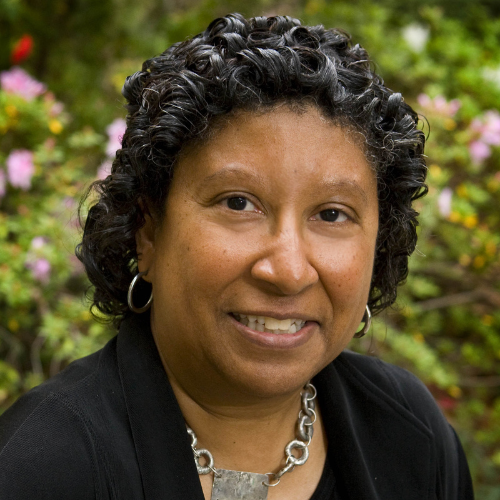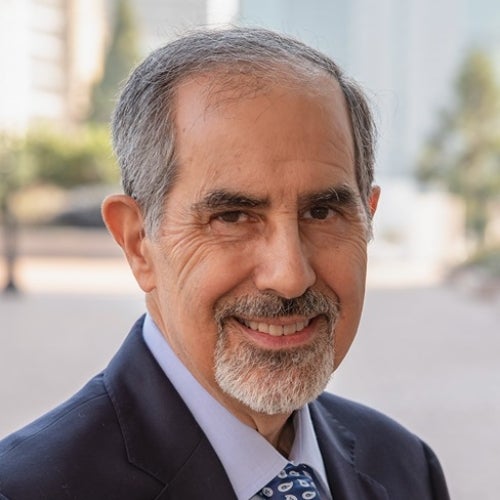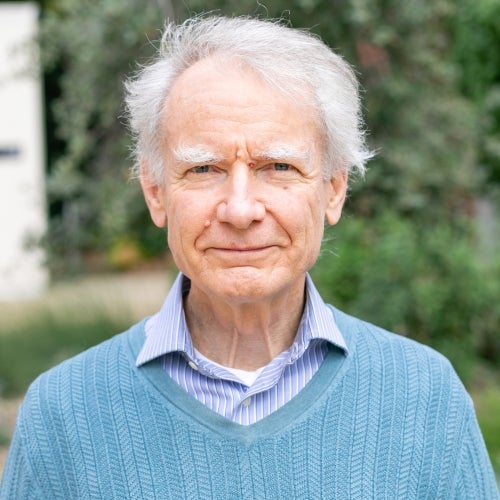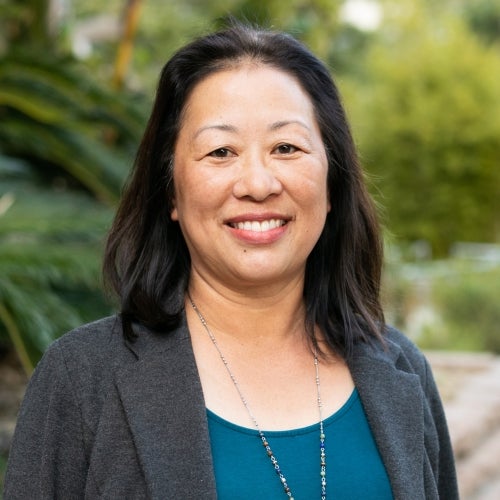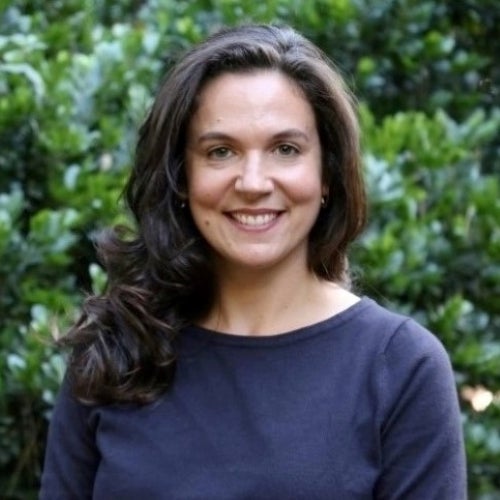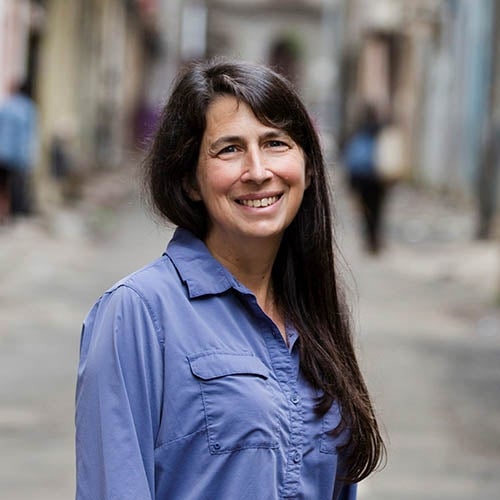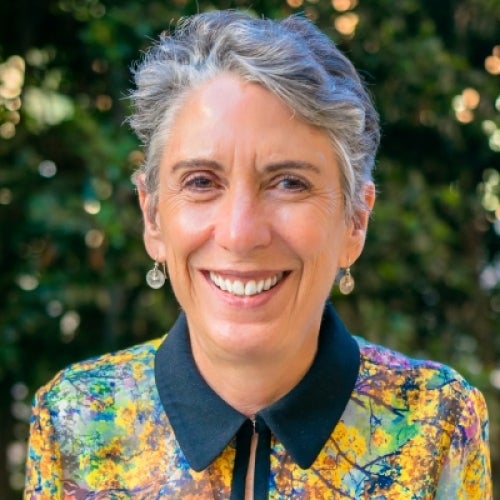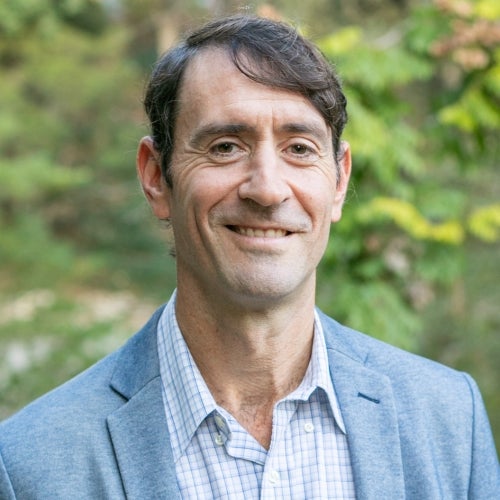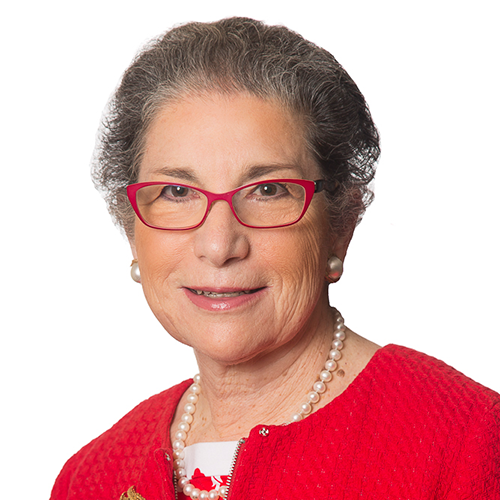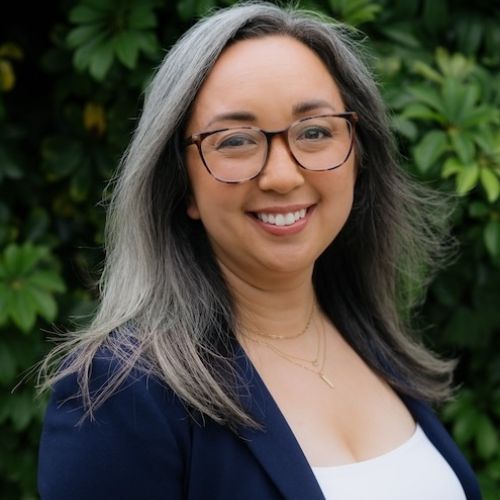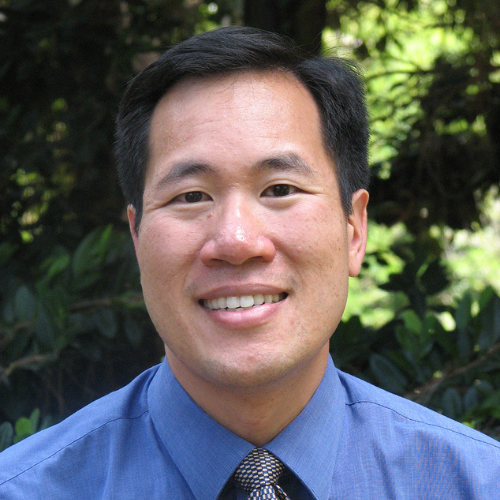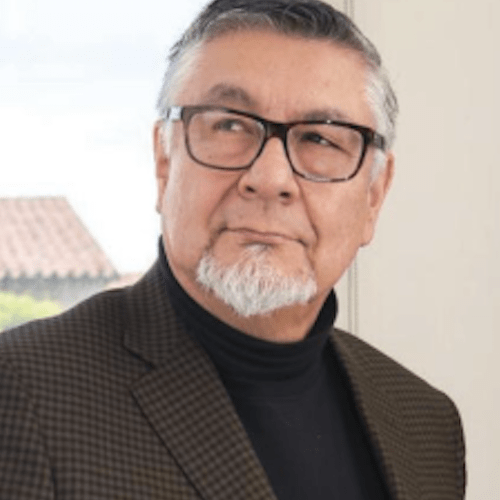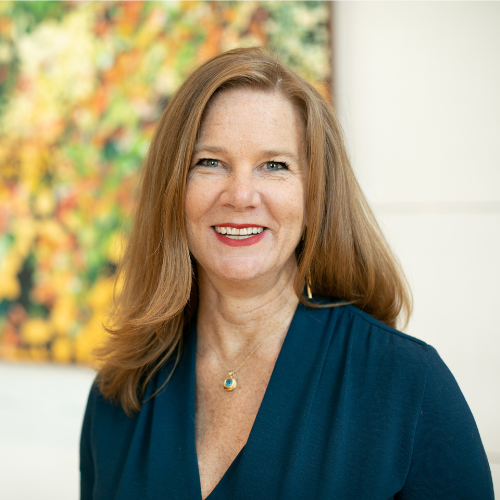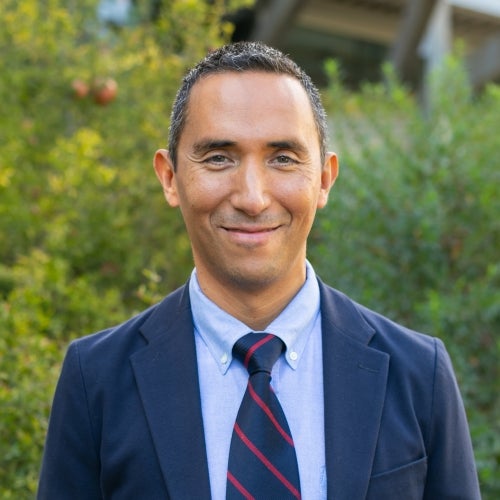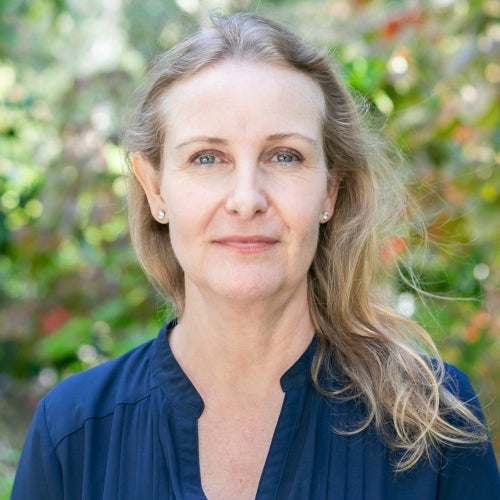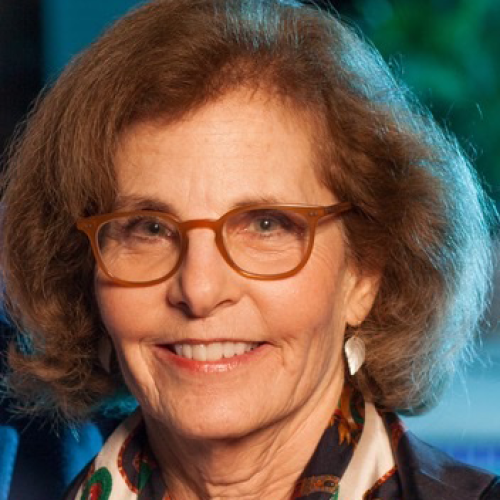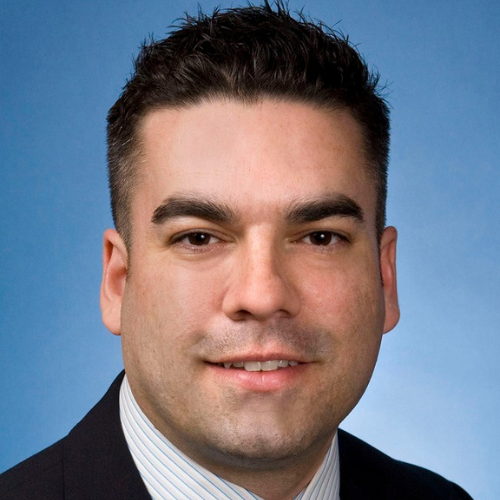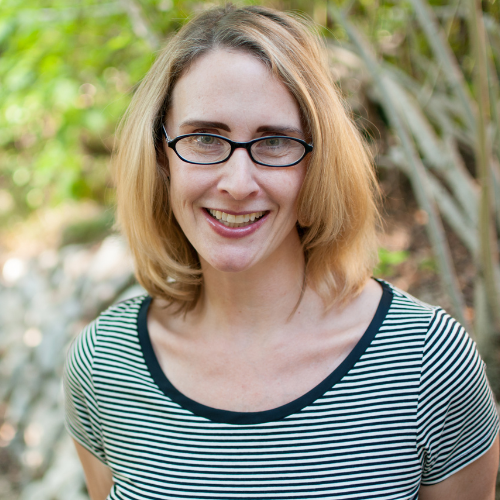Assessing vulnerability indicators and race/ethnicity
A study assessed four vulnerability indicators being used by public agencies to select the most COVID-19 vulnerable neighborhoods for interventions.

The UCLA Center for Neighborhood Knowledge, led by Professor Paul M. Ong, and supported by UCLA Fielding School professors Vickie Mays and Ninez Ponce and the UCLA Center for Health Policy Research's California Health Interview Survey, has published a study assessing four vulnerability indicators being used by public agencies to select the most COVID-19 vulnerable neighborhoods for interventions.
These indicators can play a role in prioritizing the provision of pandemic resources and services; consequently, they have implications for how many people of color and minority neighborhoods are served.
This study compares three pre-pandemic indicators and a more recently developed indicator based on pre-existing health conditions. The analysis focuses on the numbers of people of color residing in designated high-vulnerability neighborhoods, and the relative number of minority neighborhoods that fall into the high-vulnerability areas. Race/ethnicity is important because people of color encounter multiple dimensions of inequality that are only partially reflected in the indicators.
The findings show noticeable differences in the groups and places designated as being vulnerable, thus the choice of which indicator to use has highly consequential implications in terms of who is served and who is not along racial lines.
Summary: This study assesses four vulnerability indicators that are being considered by public agencies as policy tools to select the most-at-risk neighborhoods for interventions. These indicators can play a role in prioritizing the provision of pandemic resources and services; consequently, they have implications for how many people of color and minority neighborhoods are served. The study compares three vulnerability indicators developed prior to COVID-19 and one developed in response to the pandemic, the UCLA Pre-Existing Health Vulnerability (PHV) index, which captures the risks or severity of COVID-19 infection due to preexisting health conditions. The PHV index is based on data from the 2020a California Health Interview Survey (CHIS).
Findings: Two sets of assessments are conducted. The first calculates the degree of concordance between pairs of indicators, that is, how frequently they identify the same tracts as being disadvantaged. The analysis finds that low rates of commonality (approximately less than half of all designated tracts); therefore, the choice of indicator inherently translates into a significant variation in the tracts classified as being eligible or ineligible for prioritization.
The second set of assessments examines the differences among the indicators by comparing the racial composition of the residents in designated high-vulnerability tracts, and by comparing the relative number of minority neighborhoods included in high-vulnerability tracts. The analyses find substantial differences among the indicators in population compositions and proportion of minority neighborhoods included. The findings can help ameliorate a policy dilemma.
Despite the reality that African Americans and Hispanics have suffered disproportionately from COVID-19, the 1996 Proposition 209 prohibits the state from explicitly using race as a factor in the provision and distribution of pandemic relief and coronavirus vaccines. The study’s findings provide insights into which of the four vulnerability indicators can serve as a reasonable proxy, one that captures an important underlying mechanism producing systemic racial inequality.
By several criteria, among the indicators that do not explicitly include race/ethnicity as an input, the indicator based on preexisting health conditions (medical vulnerabilities) performs best in including African Americans. A final recommendation is that public agencies should develop and construct new pandemic-oriented indicators to help guide policies beyond racial equity.
The UCLA Fielding School of Public Health, founded in 1961, is dedicated to enhancing the public's health by conducting innovative research, training future leaders and health professionals from diverse backgrounds, translating research into policy and practice, and serving our local communities and the communities of the nation and the world. The school has 631 students from 26 nations engaged in carrying out the vision of building healthy futures in greater Los Angeles, California, the nation and the world.
Faculty Referenced by this Article

Dr. Michelle S. Keller is a health services researcher whose research focuses on the use and prescribing of high-risk medications.
Nationally recognized health services researcher and sociomedical scientist with 25+ years' experience in effectiveness and implementation research.
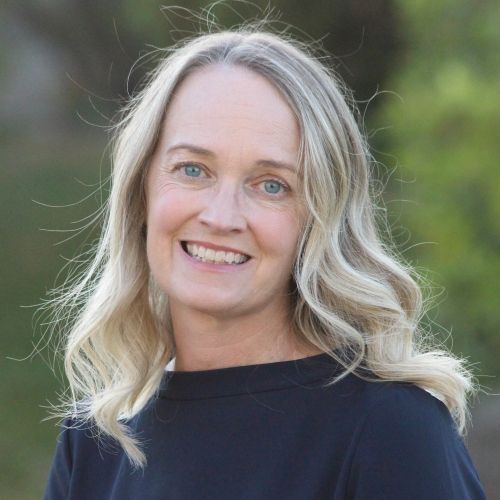
EMPH Academic Program Director with expertise in healthcare marketing, finance, and reproductive health policy, teaching in the EMPH, MPH, MHA program

Professor of Community Health Sciences & Health Policy and Management, and Associate Dean for Research

Dr. Ron Andersen is the Wasserman Professor Emeritus in the UCLA Departments of Health Policy and Management.

